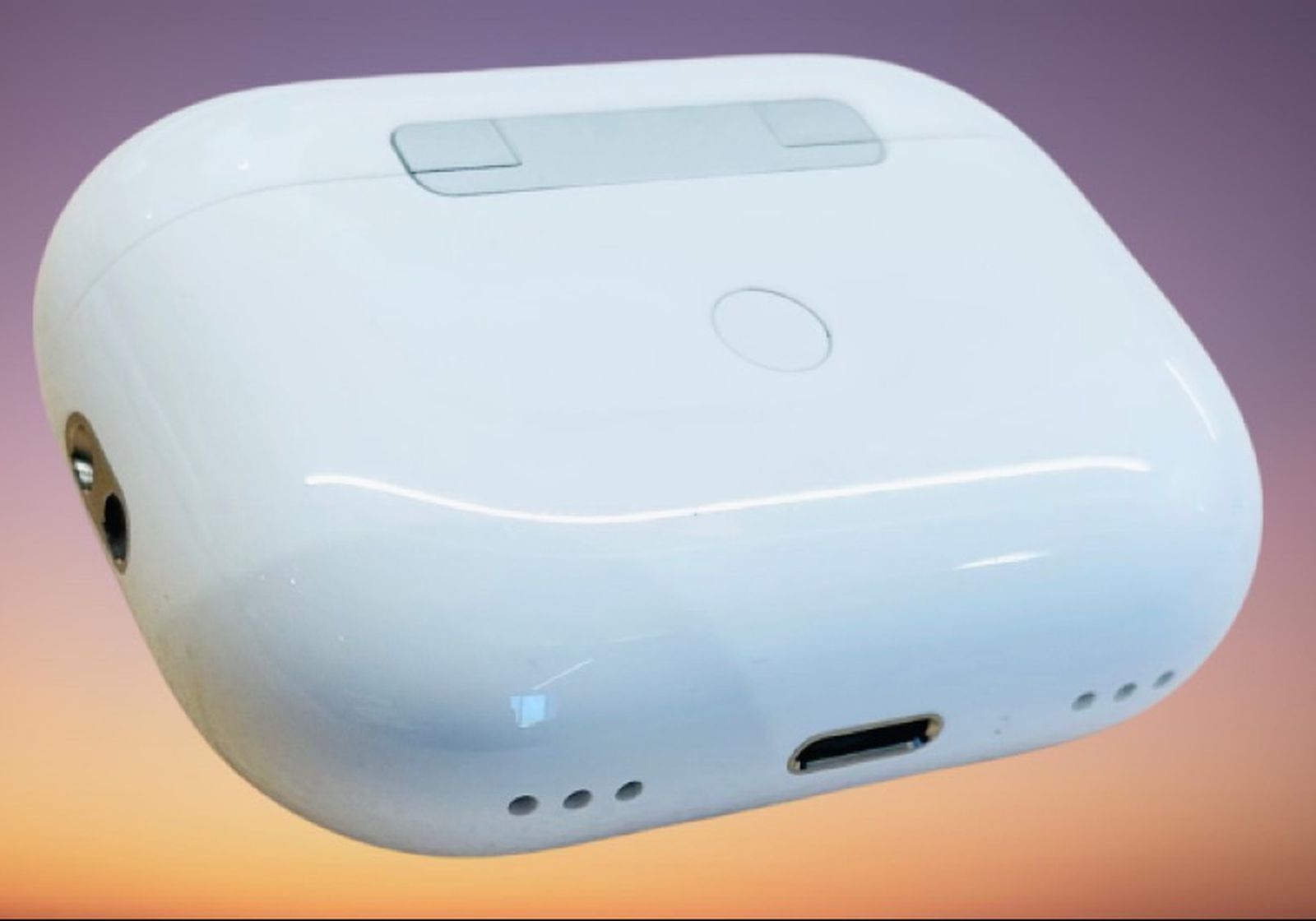Apple computers can be controlled in all possible ways, starting with voice and ending with a mouse or trackpad. Another way to perform various actions on the Mac are keyboard shortcuts, of which there are a lot available. On the Jablíčkára website, from time to time we will introduce you to tips on keyboard shortcuts that you will definitely use.
It could be interest you

Working with windows and applications
When working with windows and applications, maximum time saving is often important. For example, if you want to minimize the window of the currently open application, the keyboard shortcut Cmd + M will help you. You can close the active window with the keyboard shortcut Cmd + W. The shortcut Cmd + Q is used to close the application, in case of problems you can force the program to quit by pressing the keyboard shortcut Option (Alt ) + Cmd + Esc.
Working with files and folders in the Finder
You can also use keyboard shortcuts on your Mac when working with files and folders in the native Finder. Press Cmd + A to select all displayed items. With the help of the keyboard shortcut Cmd + I you can display information about the selected files and folders, with the help of Cmd + N you open a new Finder window. Using the keyboard shortcut Cmd + [ will return you to the previous location in the Finder, while the shortcut Cmd + ] will move you to the next location. If you want to quickly move to the Applications folder in the Finder, use the shortcut Cmd + Shift + A.
It could be interest you

Working with text
Everyone knows the keyboard shortcuts Cmd + C (copy), Cmd + X (cut) and Cmd + V (paste). But you can use many more keyboard shortcuts when working with text on a Mac. Cmd + Control + D, for example, displays the dictionary definition of the highlighted word. When writing in editors, you can use Cmd + B to start writing bold text, Cmd + I is used to activate writing in italics. With the help of the shortcut Cmd + U, you start writing underlined text for a change, by pressing Control + Option + D you activate writing crossed out text.
Mac control
If you want to quickly lock your Mac's screen, you can use the keyboard shortcut Control + Cmd + Q to do so. If you press the keyboard shortcut Shift + Cmd Q, you will see a dialog box asking if you want to close all running applications and log out. Mac owners without Touch ID, or those who use a keyboard with an eject key along with their Mac, can use the keyboard shortcut Control + shutdown key or Control + key to quickly display a dialog box asking whether to restart, sleep, or shut down to eject the disc.